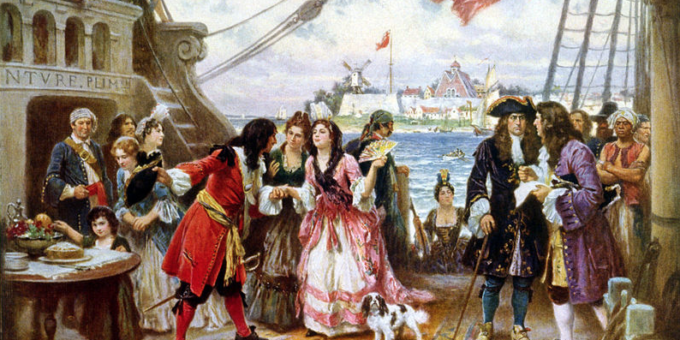
Accounts about the life of Captain William Kidd vary. We know that he was born in Scotland in either 1645 or 1654.
Almost nothing is known of his youth, but by the time he was an adult, he was a heavy drinker with a bad temper.
As a young man, he took to the sea and, eventually, through mutiny, he became the captain of a 20-gun vessel named the Blessed William, after King William III.
He and his men joined forces with the British Royal Navy around 1690. They were commissioned to attack French warships.
Captain Kidd made many gains as the captain of his own ship, but it was said that he did not share his wealth with his crew. He kept them hungry and desperate for a payout. The crew took on dangerous work, and without rewards, there was often talk of mutiny among them.
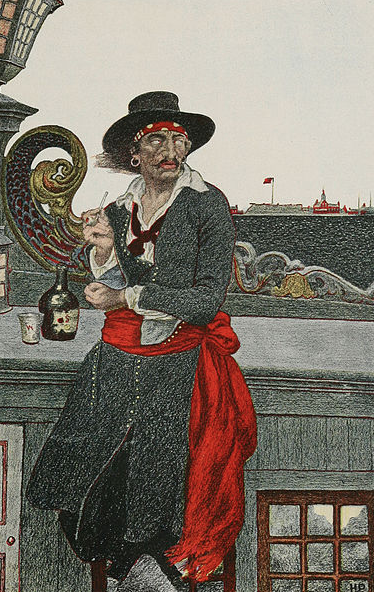
Because Captain Kidd proved himself invaluable during the war between the English and French, he was commissioned to police the American waters. He was supposed to protect English interests, and attack any pirate ships in the area.
However, instead of cruising up and down along North America’s eastern coast, Captain Kidd sailed off to the Indian Ocean.
He decided to become a pirate and began attacking ships.
Word of Captain Kidds deeds soon reached England and North America.
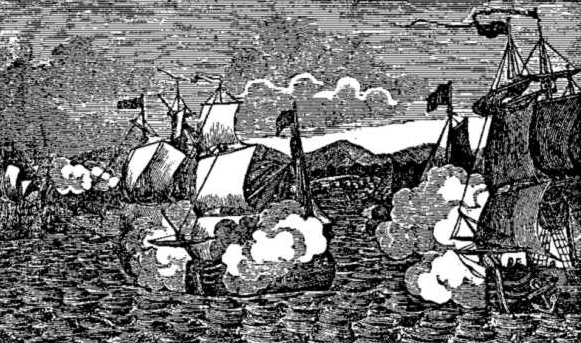
When Captain Kidd returned to the North American coast, it was said that he stopped along the New Jersey coast to bury some treasure. He then went on to Boston where he was finally arrested and sent to London, England to stand trial.
He was convicted of piracy and for the murder of William Moore, who was a gunner on one of Kidd’s ships.
Captain Kidd and most of his crew were found guilty of piracy and were sentenced to hang.
On May 23, 1701, Kidd was placed in a wooden cart and the parade of death made its way to Execution Dock in Wapping, London.
Crowds of people lined the streets. Street peddlers were out in full force, as well as all the local pickpockets.
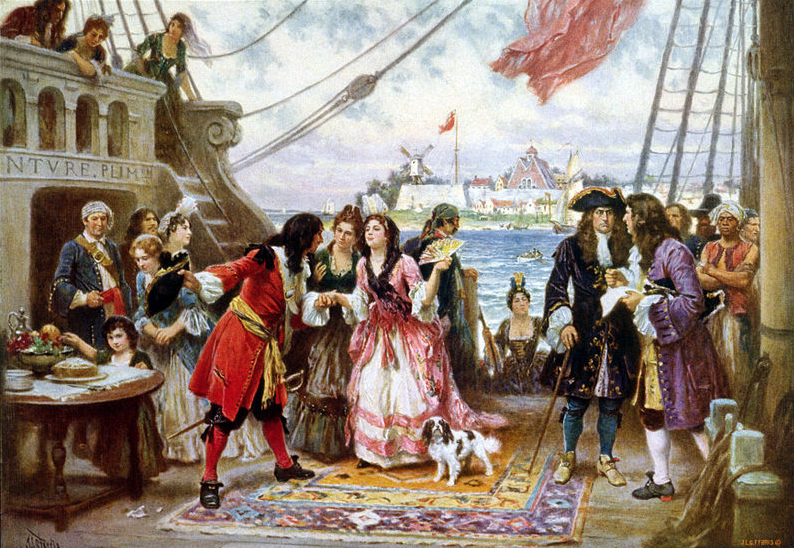
Along the way, people would shout and throw things at the condemned. Some people handed the condemned alcohol as a last act of compassion.
The procession also stopped at a few pubs along the way to keep Captain Kidd and the other condemned men drunk and brave enough to take a stand at the gallows.
This went on for over 2 hours.
When Captain Kidd finally arrived at the gallows, he was extremely drunk.
As was the custom, Captain Kidd was given the opportunity to speak his last words, and he went on to blame everyone for his current state of affairs. He also maintained his innocence.
A noose was placed around Kidd’s neck. The step was kicked out from underneath him. And the rope broke.
Captain Kidd said that this was a sign from God that he was innocent of the crimes of murder and piracy, but the hangman wasn’t buying it.
He was immediately hanged a second time, with a stronger rope.
Again, the step was kicked out from under him, and his body made the 6-inch drop into the slow strangle.
His legs kicked about in the Marshall’s Dance, and his death, like the death of the other men convicted of piracy, was due to asphyxiation.
After his execution, the tide of the River Thames covered his body three times.
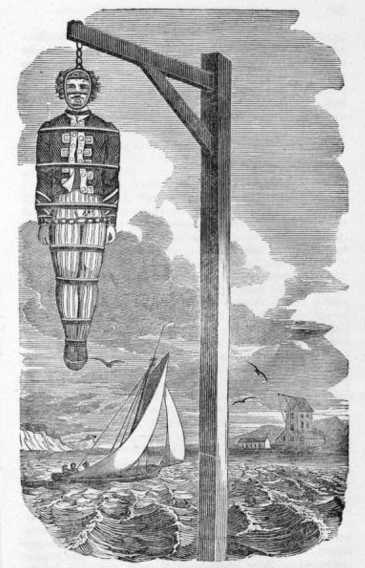
Then his bloated and slimed body was cut down, coated in a layer of tar to prevent it from decaying too quickly, and gibbeted, or hung in chains, at Tilbury Point where those arriving or leaving the Thames would witness it.
His remains were left on public display for roughly three years.
Some accounts state that his remains were allowed to hang until totally disintegrated while others say that he was eventually buried in England. The exact place is unknown.


2 thoughts on “The Execution of Pirate Captain William Kidd”
Comments are closed.